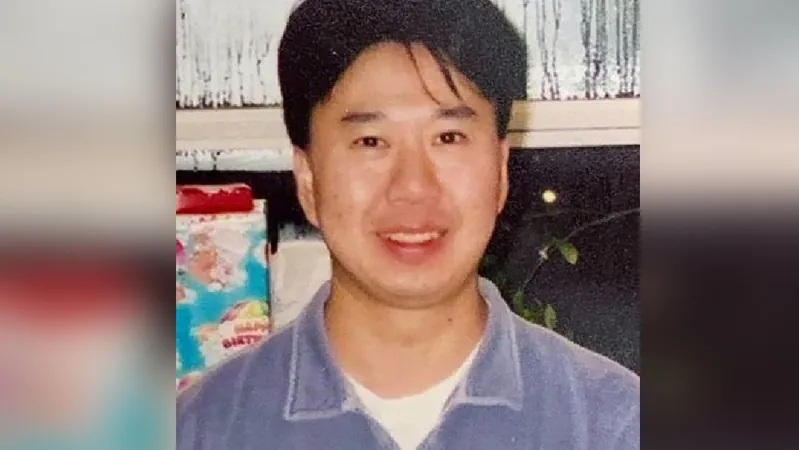
The Astonishing Case of Diprosopus: Unveiling the Mysteries of a Rare Craniofacial Anomaly
2025-01-20
Author: Olivia
Summary
A recent case has shed light on the incredibly rare condition known as diprosopus, often described as 'two faces in one,' diagnosed through advanced three-dimensional sonographic techniques. This case focuses on a 29-year-old pregnant woman with a previously healthy pregnancy.
Case Details
Routine prenatal check-ups during her first and second trimesters revealed no abnormalities, but dramatic changes were noticed by the 24th week of gestation.
An ultrasound at that stage revealed alarming head and facial anomalies, leading to a referral to a specialized hospital for further examination.
Ultrasound Findings
By 26 weeks and 4 days, follow-up ultrasounds displayed a notable discrepancy in fetal head circumference at 275 mm—well over the 98th percentile according to Hadlock's criteria.
Despite normal fetal anatomy, scanning of the cranial region unveiled abnormalities: prominent frontal lobes, an indistinct corpus callosum, and a dilated third ventricle.
Three-dimensional imaging showcased a fetus possessing three eye sockets, two noses, and two mouths.
Decision and Outcome
After extensive discussions, the pregnant woman chose to terminate the pregnancy and declined genetic testing.
A 700-gram female infant was delivered, but tragically succumbed to the challenges of her condition just 30 minutes post-delivery.
Family's Experience
The family's willingness to share their experience aims to provide insight into this rare disorder, which affects approximately 1.4 per million births.
Theories and Follow-Up
The cause of diprosopus remains largely mysterious, with theories ranging from conjoined twinning to genetic abnormalities.
A follow-up examination of the fetus confirmed duplicated craniofacial structures, and the mother was reported recovering well.
Key Findings about Diprosopus
Incidence: Approximately 1.4 per million births, often associated with various anatomical anomalies.
Diagnosis: 3D ultrasounds are crucial for identifying craniofacial abnormalities.
Prognosis: Most cases have significant complications with high mortality; isolated cases show a possibility of survival with minimal complications.
Conclusion
This case raises awareness about diprosopus and highlights the role of advanced imaging in prenatal screenings, hoping for better outcomes in the future.









 Brasil (PT)
Brasil (PT)
 Canada (EN)
Canada (EN)
 Chile (ES)
Chile (ES)
 Česko (CS)
Česko (CS)
 대한민국 (KO)
대한민국 (KO)
 España (ES)
España (ES)
 France (FR)
France (FR)
 Hong Kong (EN)
Hong Kong (EN)
 Italia (IT)
Italia (IT)
 日本 (JA)
日本 (JA)
 Magyarország (HU)
Magyarország (HU)
 Norge (NO)
Norge (NO)
 Polska (PL)
Polska (PL)
 Schweiz (DE)
Schweiz (DE)
 Singapore (EN)
Singapore (EN)
 Sverige (SV)
Sverige (SV)
 Suomi (FI)
Suomi (FI)
 Türkiye (TR)
Türkiye (TR)
 الإمارات العربية المتحدة (AR)
الإمارات العربية المتحدة (AR)